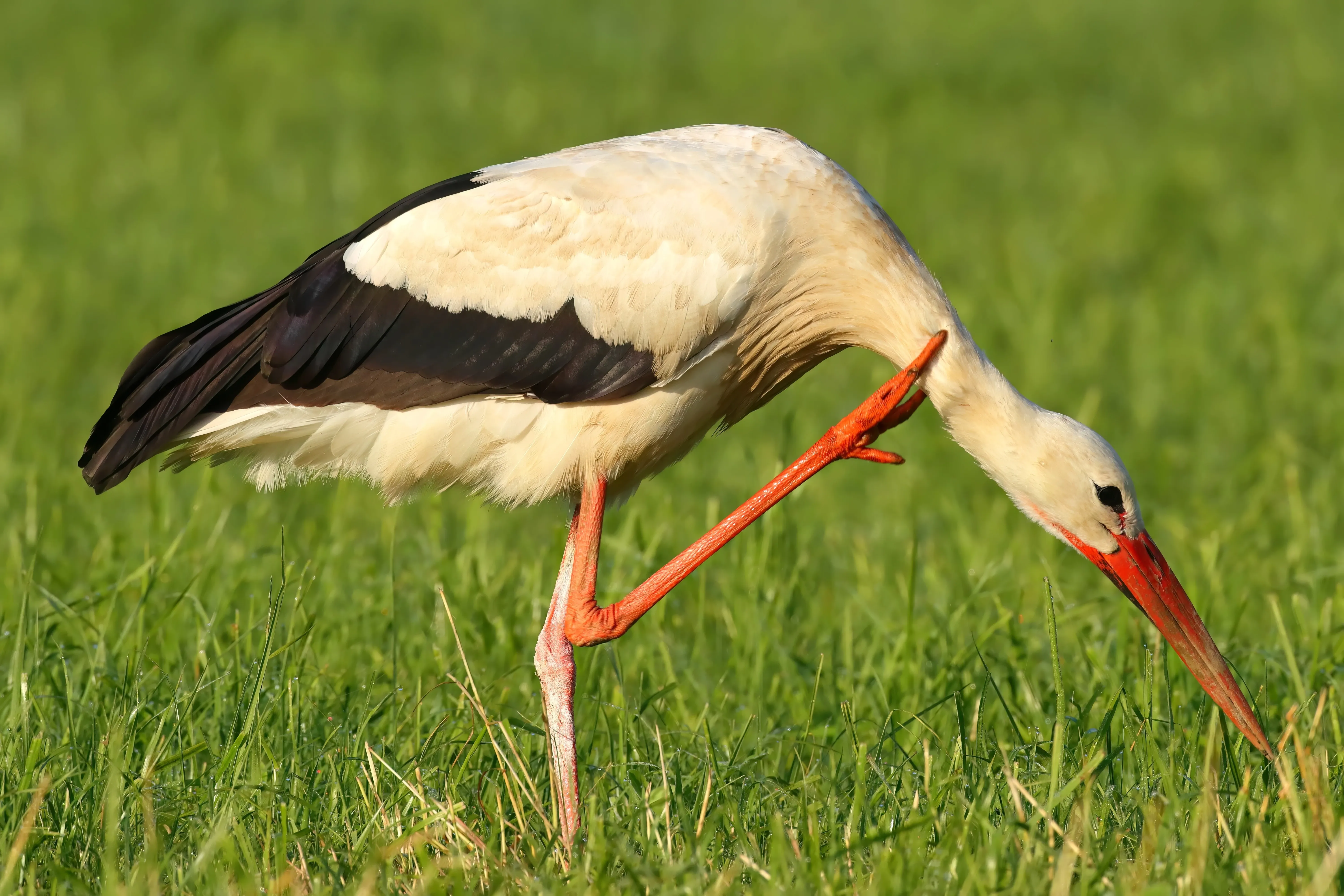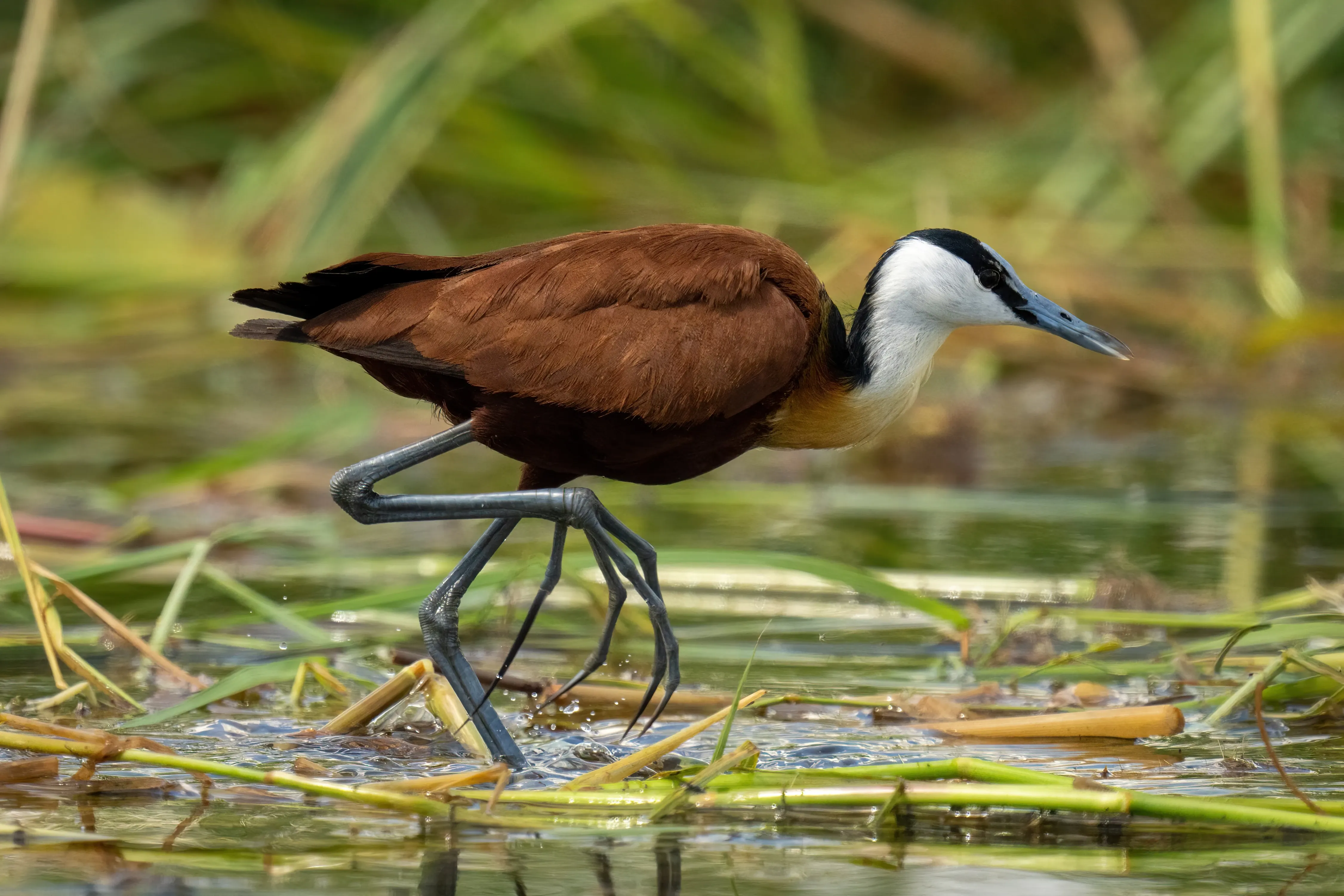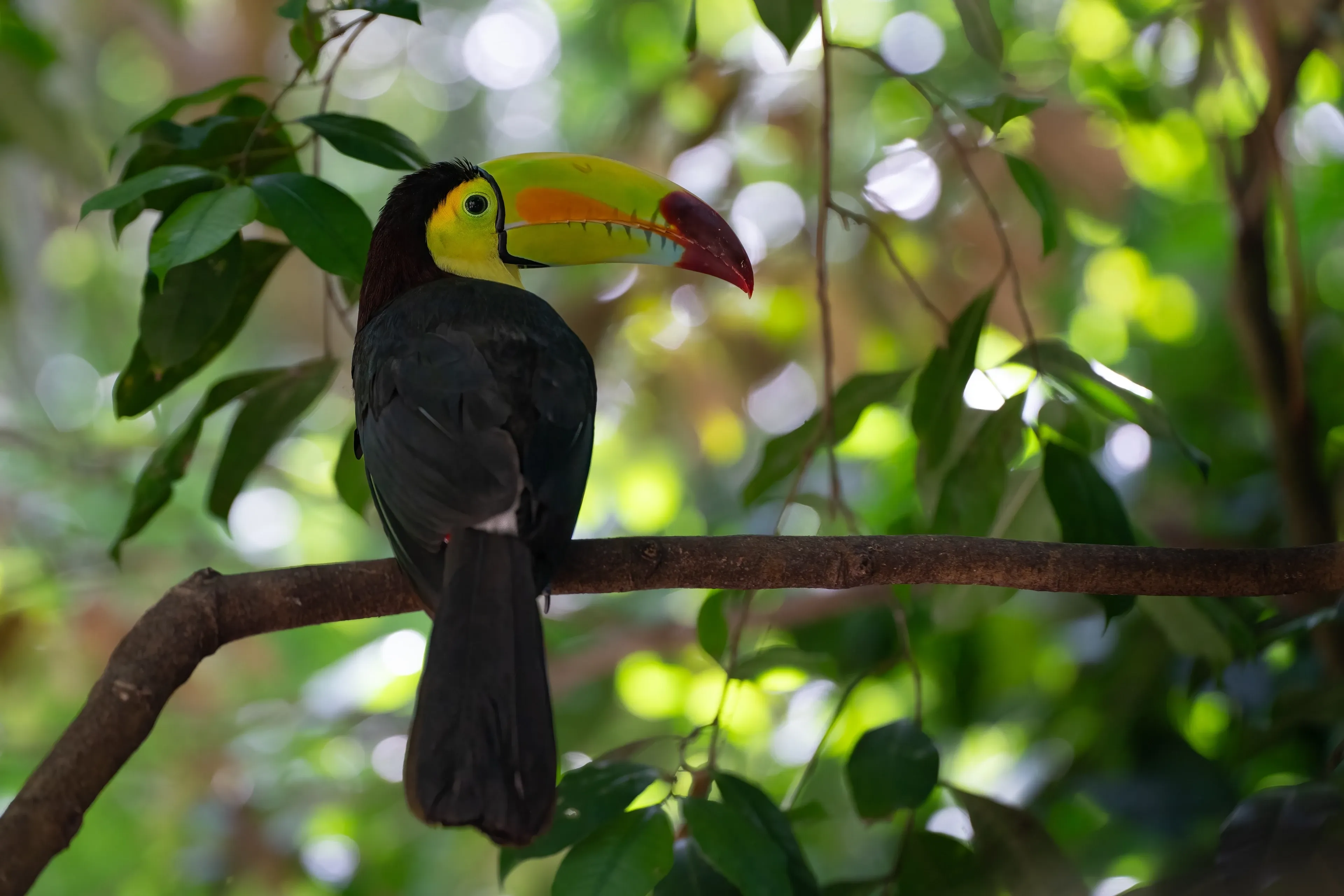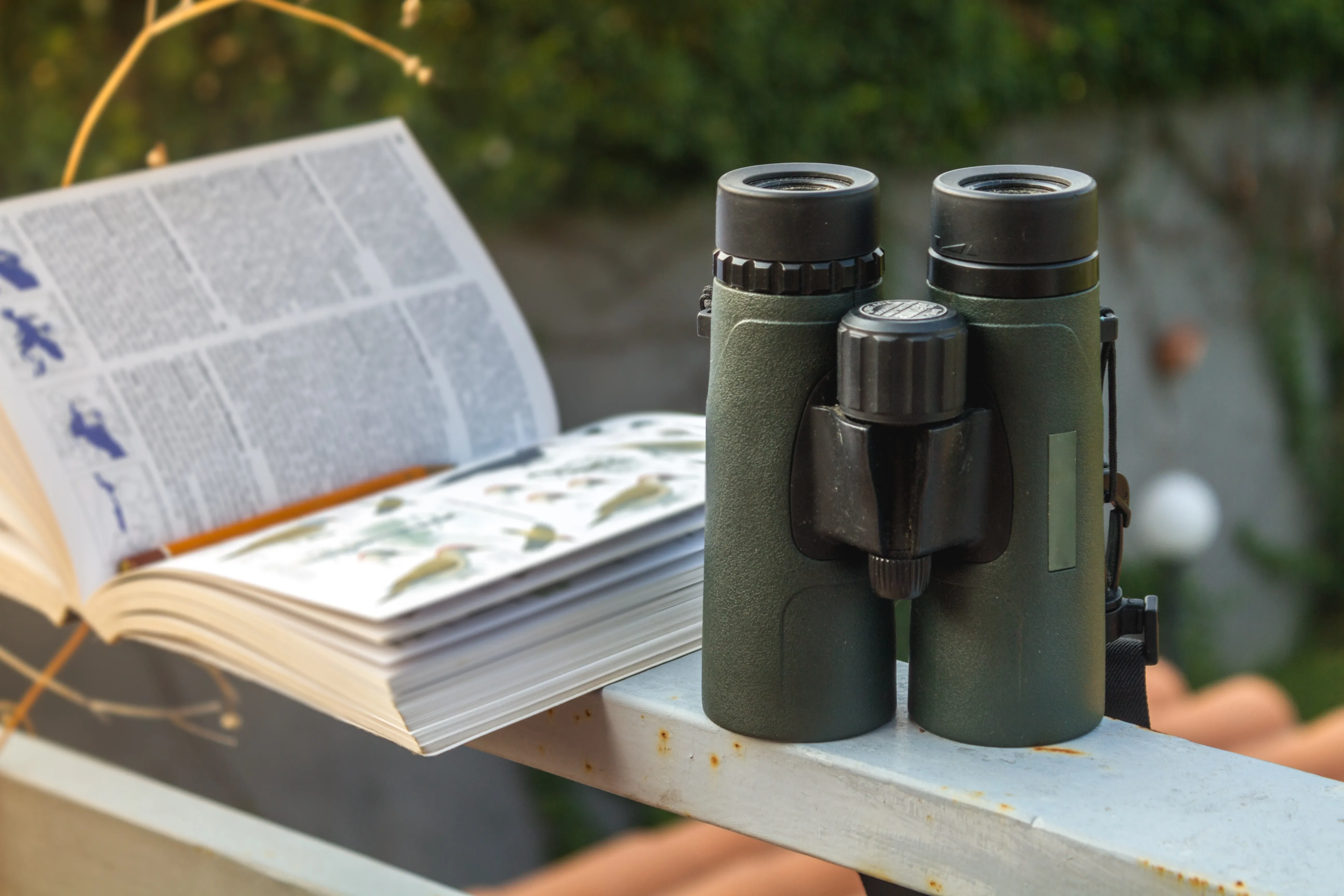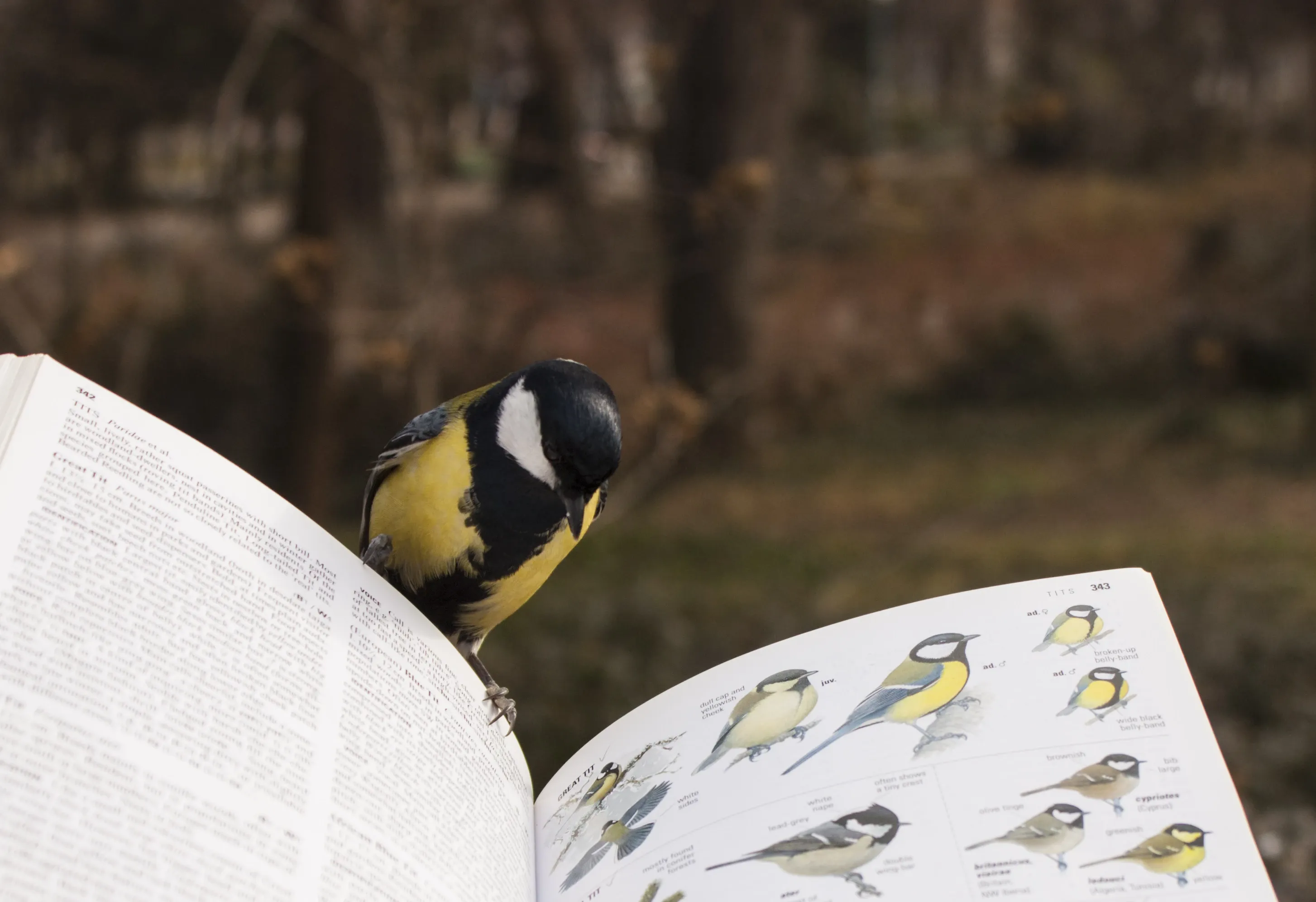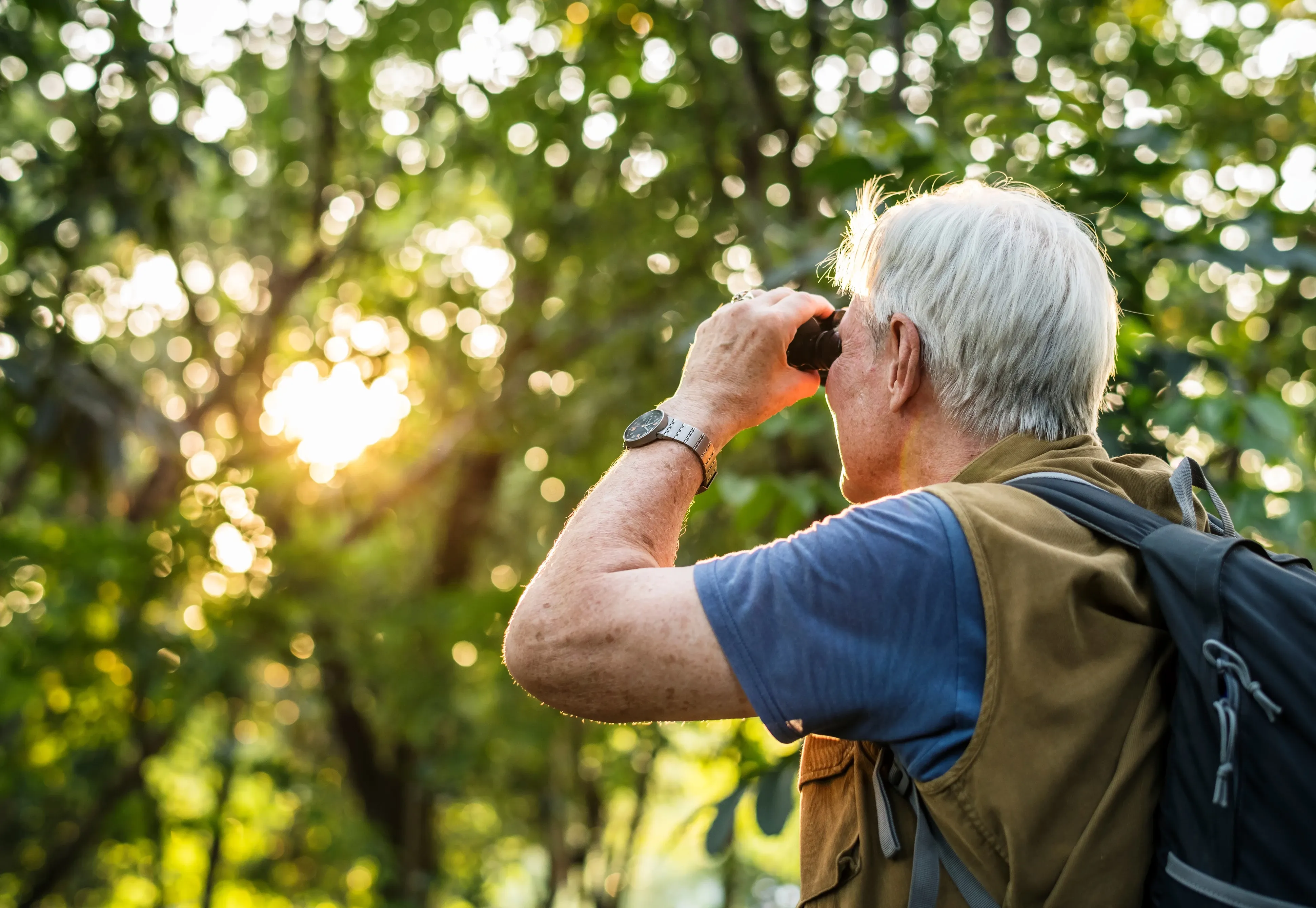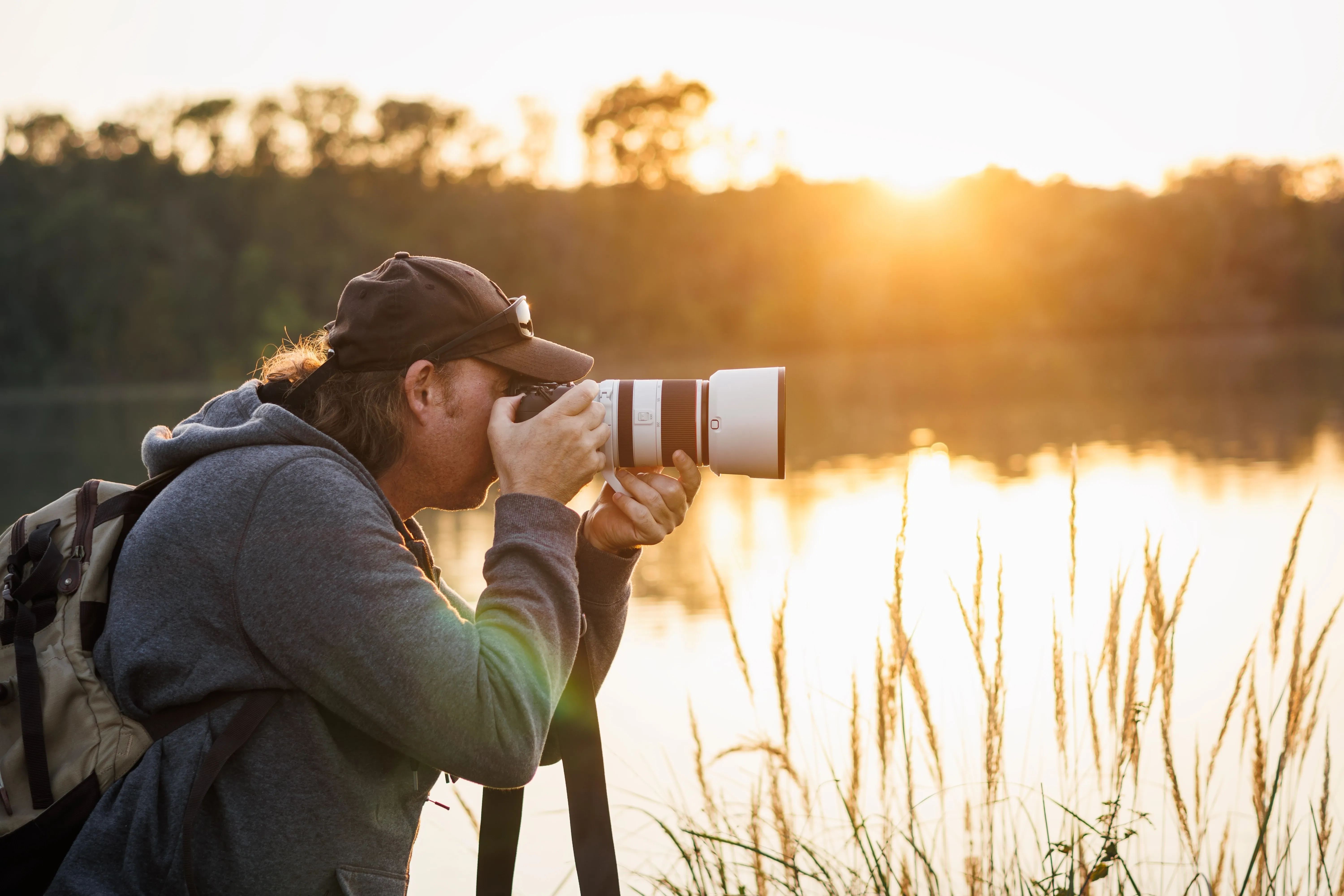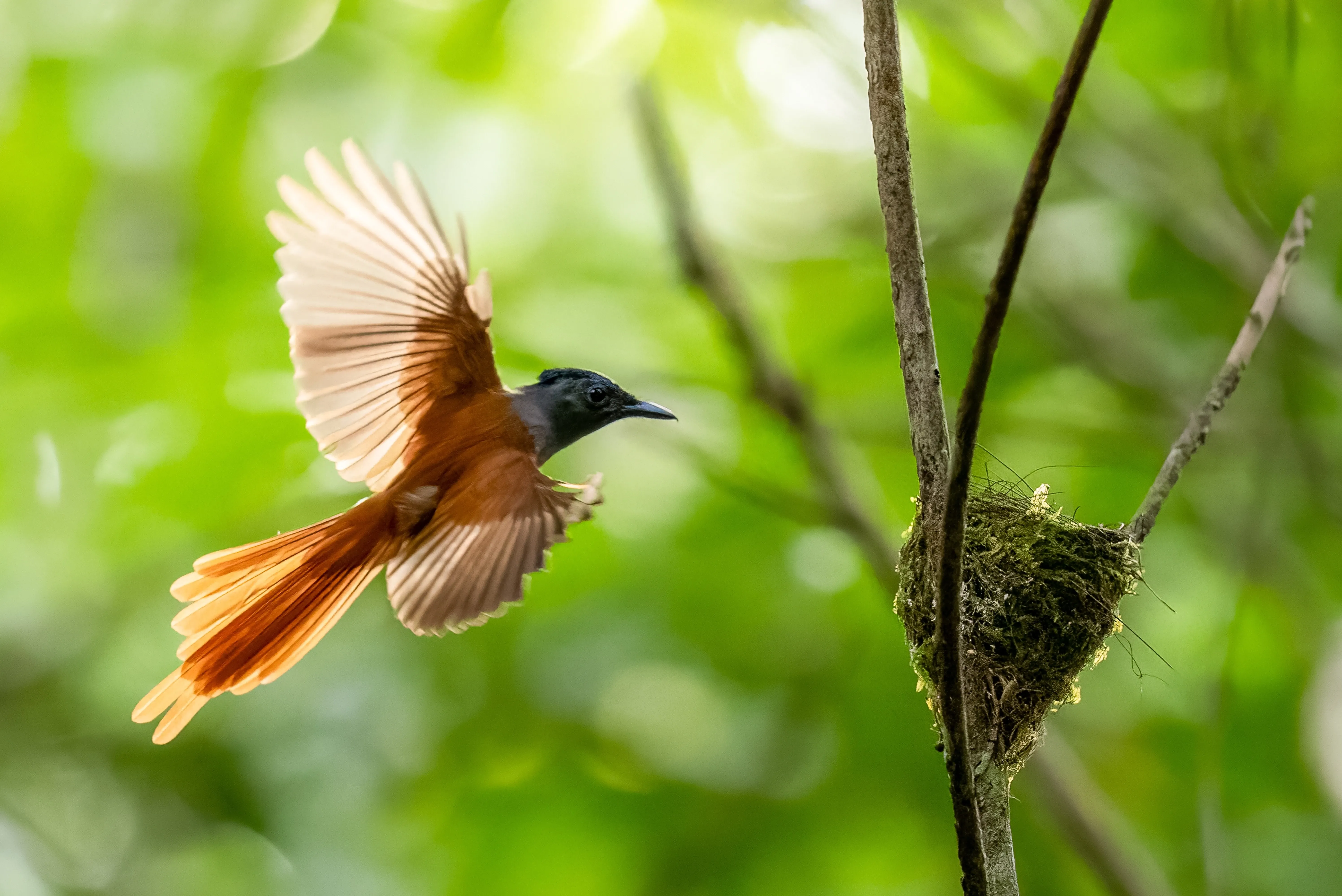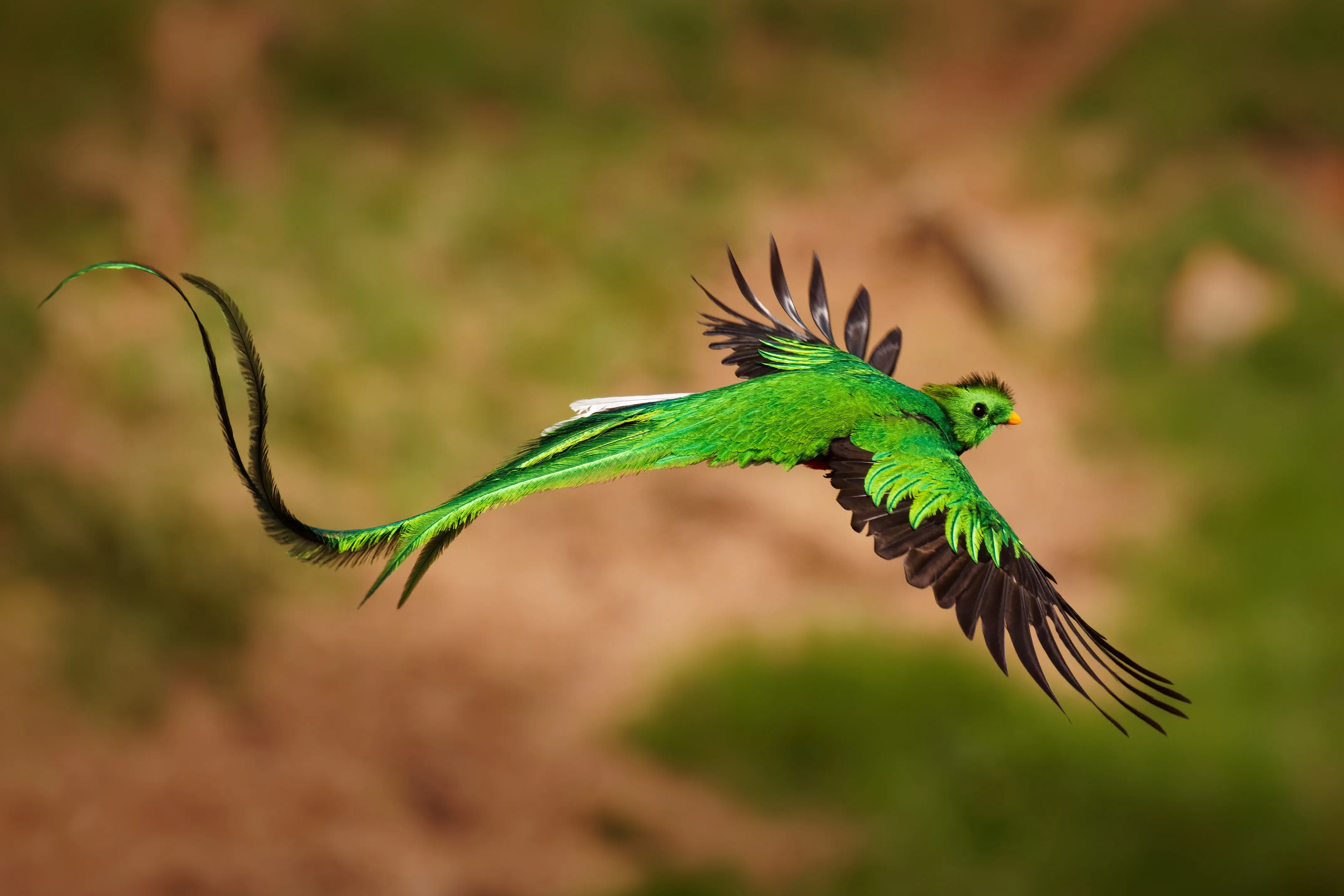Birdwatching: A beginner's checklist
The world of birdwatching is rapidly growing in popularity, with more and more people discovering the fascination of our feathered friends and diving into their observation.
Like any new passion, whether as a hobby, volunteer activity, or profession, there is a crucial starting point. A valuable piece of advice for anyone looking to get into birdwatching is that patience is key.
If you haven't yet developed this trait, it's worth taking a moment to consider whether you are ready to cultivate it. Birds have a significant advantage over many other animals – their wings. As soon as you press the shutter of your camera or adjust your binoculars, they are often already gone. Tracking down these elusive creatures can feel like searching for a needle in a haystack. But the effort pays off! The thrill of the chase and the indescribable feeling of discovering a new species more than make up for the patience required.
Getting started: No special equipment needed
When you first start birdwatching, no special equipment is necessary. What’s essential is honing your attention and observation skills. The first step is to notice the birds in your environment and recognize their variety in appearance and sounds.
Birds are found all around the world – in gardens, cities, forests, mountains, deserts, beaches, and even Antarctica. Many have adapted to specific habitats and found their niches there.
So, it’s worthwhile to step outside and see which feathered friends are in your immediate surroundings.
1. Basic bird identification training
To successfully identify birds and fully enjoy birdwatching, some basic tips are helpful. Here are the key fundamentals:
1.1. Bird size
Pay attention to the size of the birds. Although size can vary, we all have a sense of scale. A sparrow is small, a pigeon is medium-sized, a raven or duck is medium-large, an eagle is large, and a stork is almost huge. When describing a bird, you can compare it to known sizes, such as "about the size of a sparrow."
1.2. Bird colors
Birds have adapted to their environments, and many are brightly colored to attract mates or camouflage themselves. Note the colors of the plumage to differentiate between species.
While there are varying levels of difficulty in bird identification, understanding the basic colors can be very effective. At this stage, we won’t delve into specialists like larks or seabirds.
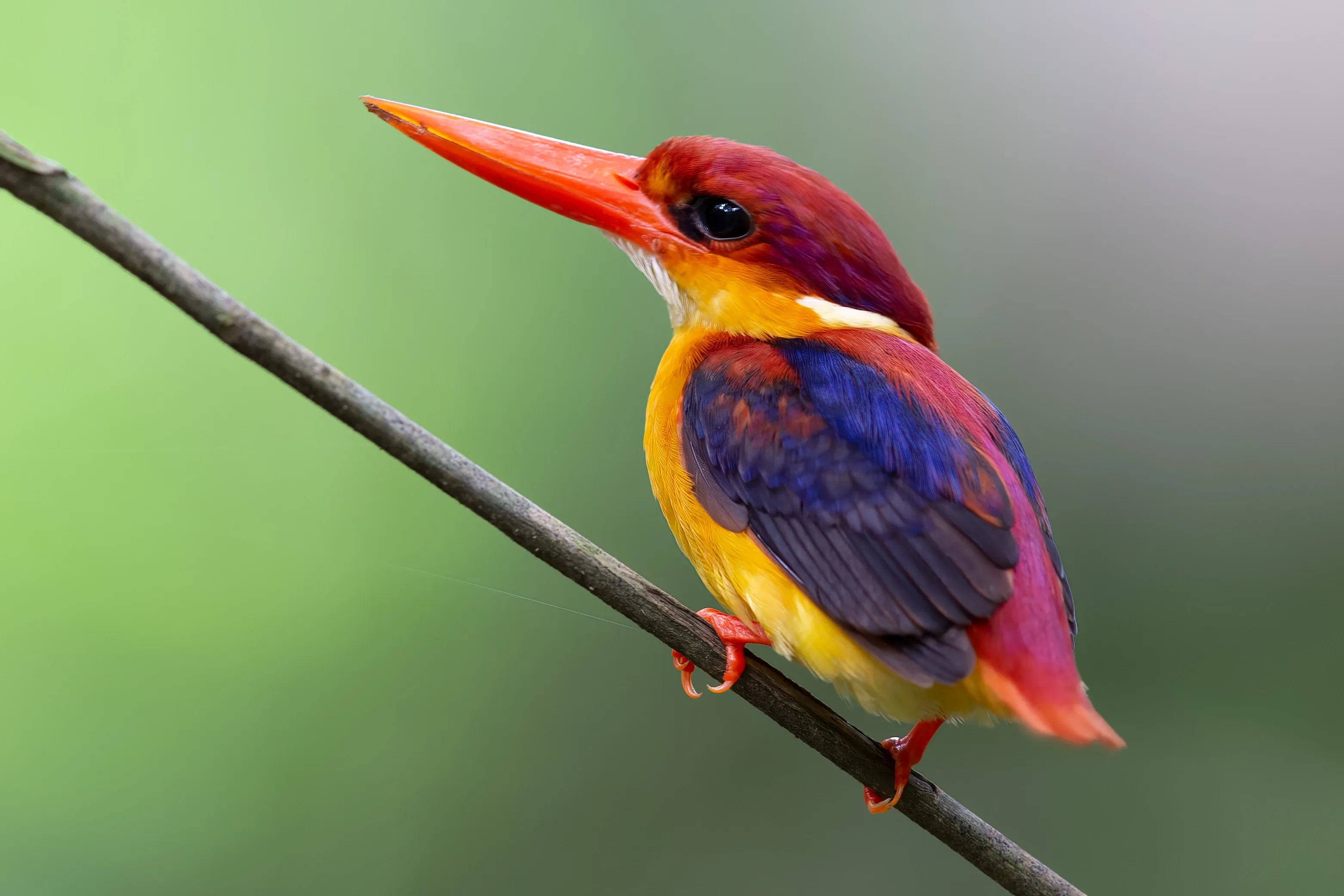
1.3. Bird characteristics
In addition to size and color, specific features help in bird identification:
- Leg Length: Are the legs short like those of a wren or long and slender like those of a stork?
- Foot Shape: Do the feet have talons like those of a hawk or webbed feet like those of a duck?
- Beak: Is the beak curved like a crow’s or long and straight like a heron’s?
- Tail Feathers: Are the tail feathers short like those of a wren or long like those of a parrot?
1.4. Birdsong
A bird's song or call can be crucial for its identification. Experienced birdwatchers can often identify birds by their calls alone.
For beginners, distinguishing between short calls and longer, melodic songs can provide clues about whether you are dealing with a songbird and what species it might be.
2. Equipment for bird identification
For precise bird identification, a bit more equipment is necessary. Here are the essential tools:
2.1. Binoculars
The variety of binoculars can be overwhelming at first, as they come in different shapes, sizes, and price ranges.
When purchasing, note the two numbers on the binoculars: the first indicates magnification (e.g., 8x or 10x), and the second refers to the lens diameter (e.g., 32mm or 42mm).
Larger numbers mean you can get a closer view and gather more light for detailed observation. For birdwatching, models with 8x32 or 10x42 are ideal as they allow you to see fine details like the eyebrow color of a sparrow. For occasional garden observations or vacations, 7x42 or 7x50 are also suitable.
Prices range from about $25 to over $2000, with a good pair generally costing between $150-300. Popular brands like Swarovski, Vortex, Zeiss, and Nikon offer high-quality options.
Advanced birdwatchers might also consider a spotting scope, which provides even more detailed views of birds. While a spotting scope is great for stationary observations or hides, a pair of binoculars is more practical for traveling.
2.2. Bird identification book or app
There are numerous bird identification books available for different regions. If you want additional information about birds, books or apps with distribution maps and descriptions are particularly helpful.
Many birds from different regions look similar, so distribution maps and size information are useful. Many books and apps show birds in various plumages depending on breeding or non-breeding seasons, which can be seasonally important.
Apps like Merlin, eBird, or the Collins Bird Guide offer extra features such as bird names in different languages and a Shazam-like function for identifying birds by their calls. Regional apps can also be beneficial.
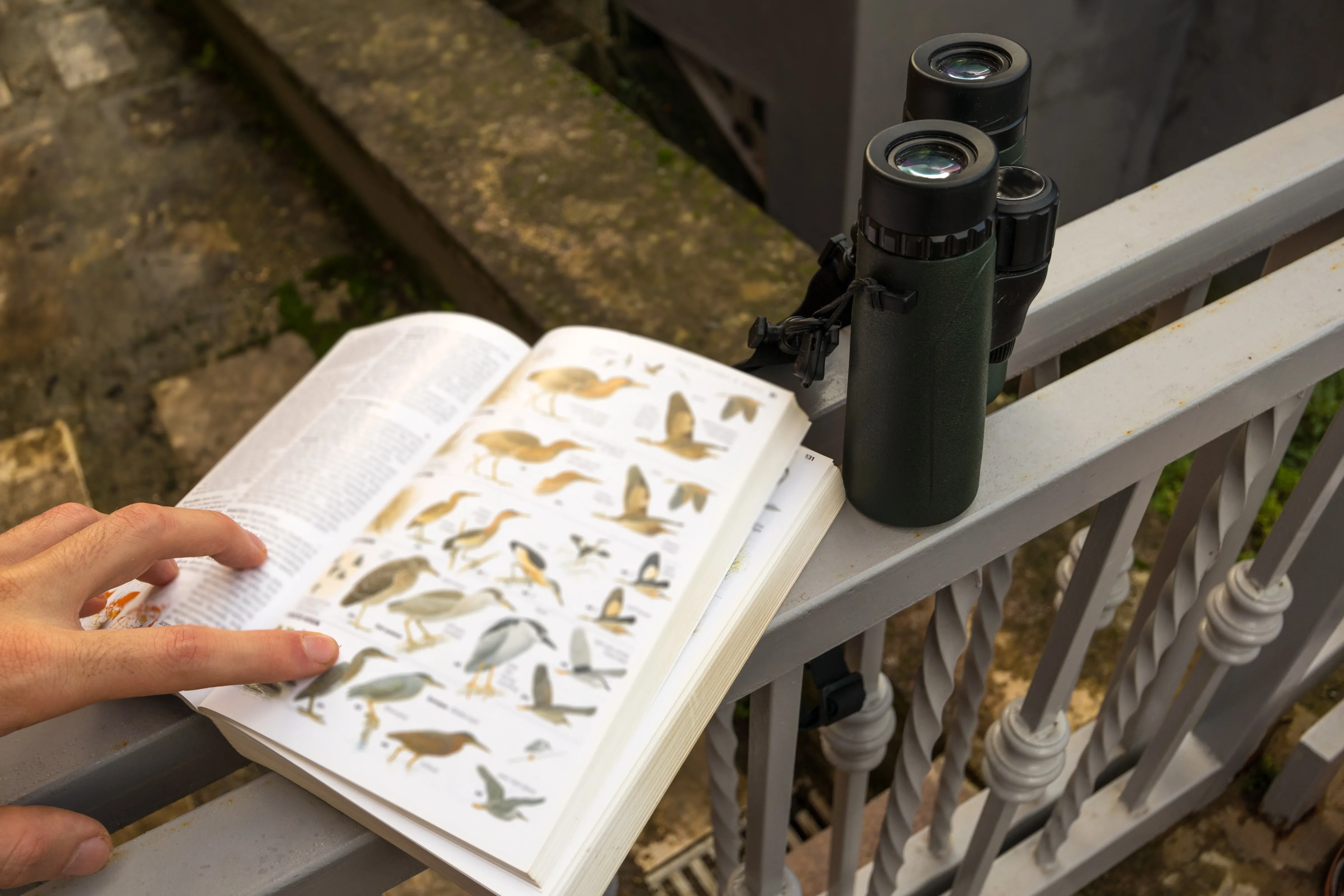
2.3. Camera
The choice of camera depends on your personal preferences. A camera is particularly useful if you want time to identify the birds later.
A quick snap allows you to analyze later what species you have spotted and share the images with other birdwatchers. A camera also serves as proof of your observations.
2.4. Notebook and pen or checklist app
A notebook for sketches or checklists can be very useful for recording the bird species you have seen. Many modern bird apps offer built-in checklists to document your observations, whether for a specific trip or your "life list."
Keeping such lists is reminiscent of the Pokémon Go principle: the more species you document, the more fulfilling the experience.
Using apps like eBird or iNaturalist can further motivate you. These apps not only help with scientific research by providing valuable data on bird distribution and activities but also contribute to citizen science.
Besides the fresh air and positive effects on your well-being, you help expand scientific understanding of the avian world.
3. Clothing for birdwatching
Once you’ve assembled the basic tools for your birdwatching, it’s time to organize your “secondary gear”: your clothing for the outdoor adventure.
3.1. Neutral, lightweight clothing
Choose clothing that is durable and not too new, as it may get dirty. Since birds often inhabit hard-to-reach areas, it’s practical to wear older clothes.
With older clothing, you can comfortably push through bushes, crawl in the sand, or wade through streams.
Also, consider the mosquito season and dress accordingly to protect yourself from insects.
3.2. Sun protection
Don’t forget to equip yourself with a hat and sunscreen. Ensure the sunscreen is environmentally friendly and odorless to avoid impacting nature while staying protected.
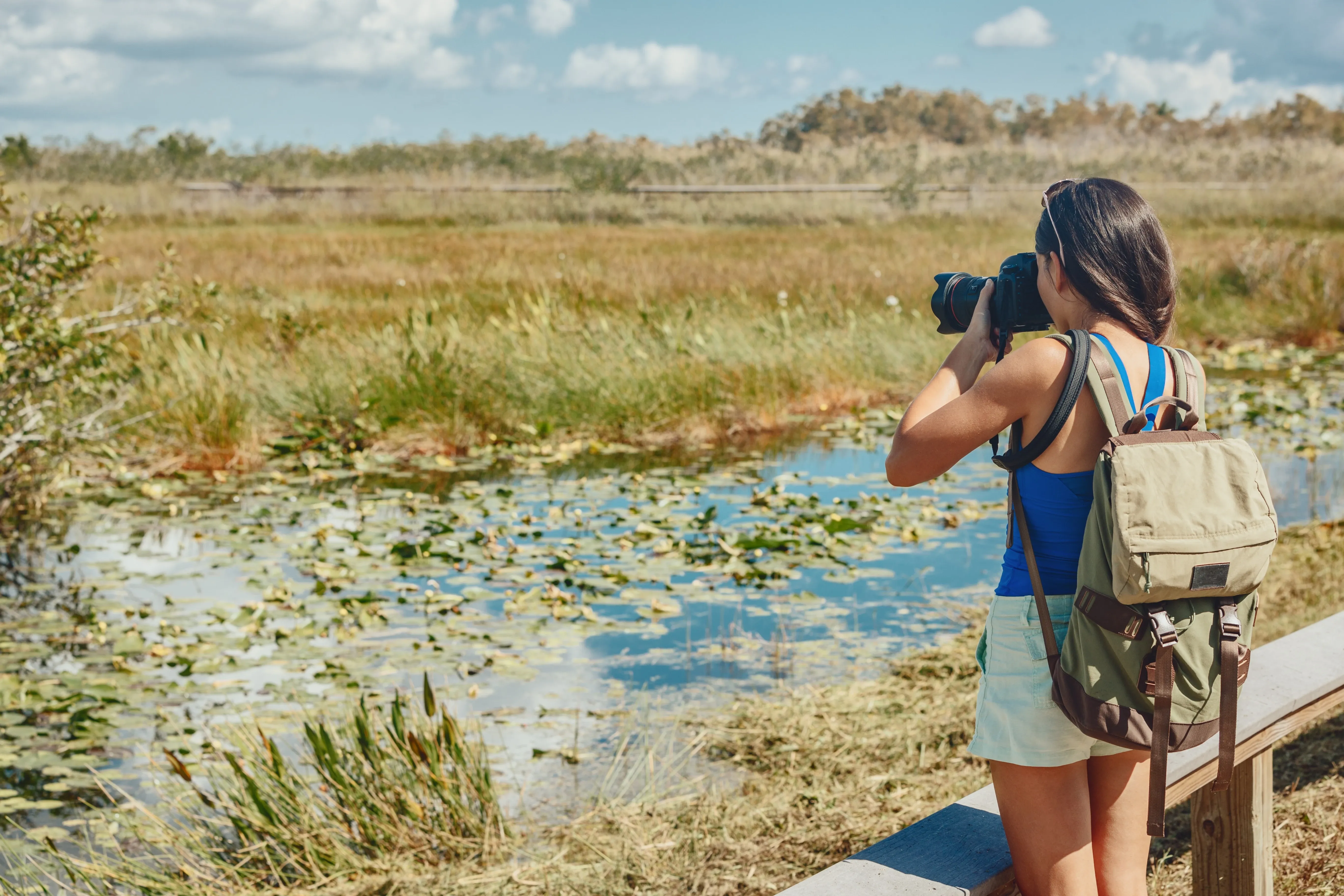
3.3. Sturdy footwear
Invest in good, sturdy footwear like sneakers, hiking shoes, or boots to navigate various terrains safely. Sandals might also be useful for beach visits.
3.4. Water bottle
A water bottle with a capacity of 1-2 liters is essential. Even if you plan a short visit to see the owls, time can fly by.
A thermos with tea, coffee, or hot chocolate is a welcome addition in cooler temperatures.
3.5. Snacks
Energy bars or other snacks are ideal companions for longer observations.
Especially if your birdwatching extends from three to six hours, snacks are a helpful boost.
Birdwatching etiquette
- Protect nature: Prioritize the protection and integrity of animals and their habitats. Avoid actions that could disrupt the natural environment of the birds.
- Avoid disturbance: Refrain from disturbing or feeding wildlife. These actions can disrupt the natural behavior of birds and put them at risk.
- Behavior and clothing: Since many birds are wary of humans, avoid loud talking, sudden movements, and bright, colorful clothing. This increases your chances of observing the birds undisturbed.
- Keep dogs on a leash: If you bring your dog, keep it on a leash at all times. This protects both the birds and other observers from unnecessary disturbances.
- Dispose of waste properly: Dispose of waste properly. Take everything you bring with you back. Leave no traces in nature.
- Consideration in groups: Birdwatching is often a communal experience. Be considerate of your fellow watchers to ensure a positive experience for everyone.
- Listen and observe carefully: Many birds reveal themselves through their songs. Therefore, both a keen eye and attentive ears are crucial for accurate identification.
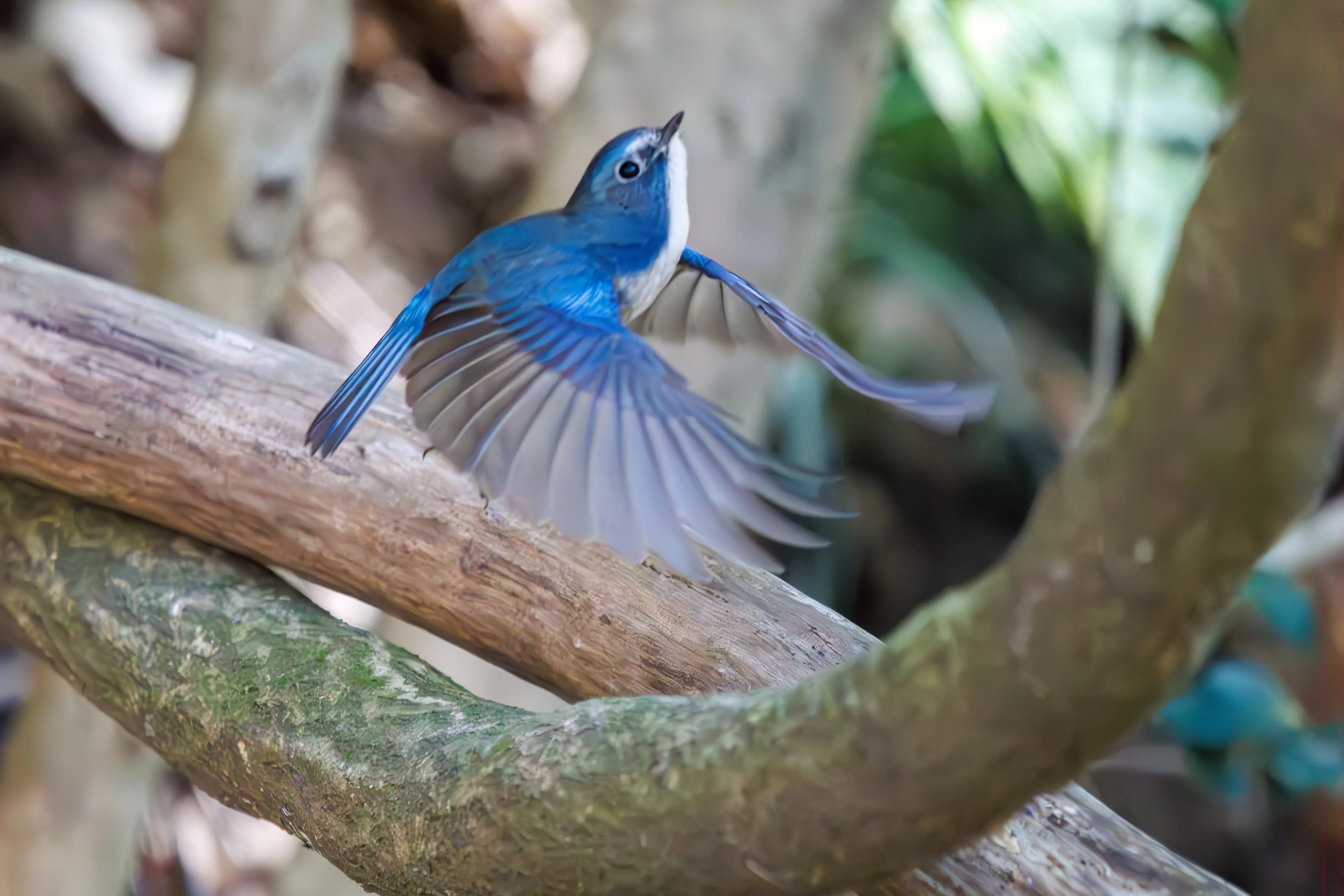
Five reasons to start birdwatching
- #1 Connection with nature: Birdwatching brings you closer to nature and allows you to better understand the behavior and habitats of birds. It’s a fantastic way to spend time outdoors and appreciate the natural world around you.
- #2 Enhancement of mindfulness: Observing birds promotes mindfulness and patience. It teaches you to be attentive, notice small details, and enjoy the moment. These skills can be beneficial in other areas of life.
- #3 Education and learning: Birdwatching provides valuable knowledge about different bird species, their habits, migrations, and ecological relationships. This can broaden your understanding of the environment and spark interest in conservation and biology.
- #4 Stress relief and relaxation: Spending time in nature and focusing on birdwatching can help reduce stress and contribute to mental relaxation. It offers a peaceful and calming way to escape daily routines.
- #5 Social and community engagement: The birdwatching community is often friendly and welcoming. You can participate in group activities, excursions, or online forums to connect with other birdwatchers and make new friends.
Sign up for the newsletter
By clicking on “Subscribe now” I will subscribe to the Conscious Explorer newsletter with all the information about mindful travel. Information on the success measurement included in the consent, the use of the shipping service provider MailChimp, logging of the registration and your rights of revocation can be found in our privacy policy.

